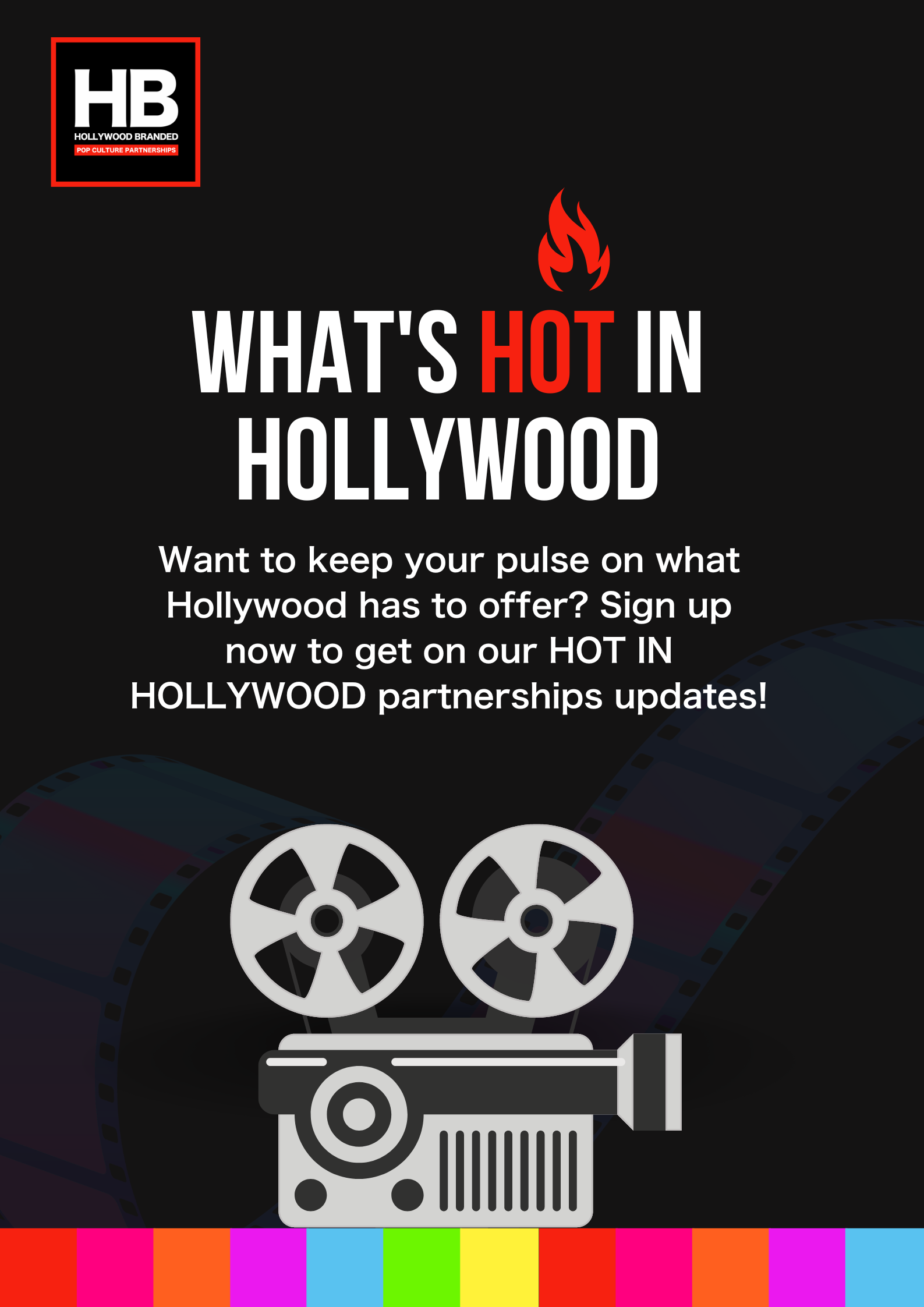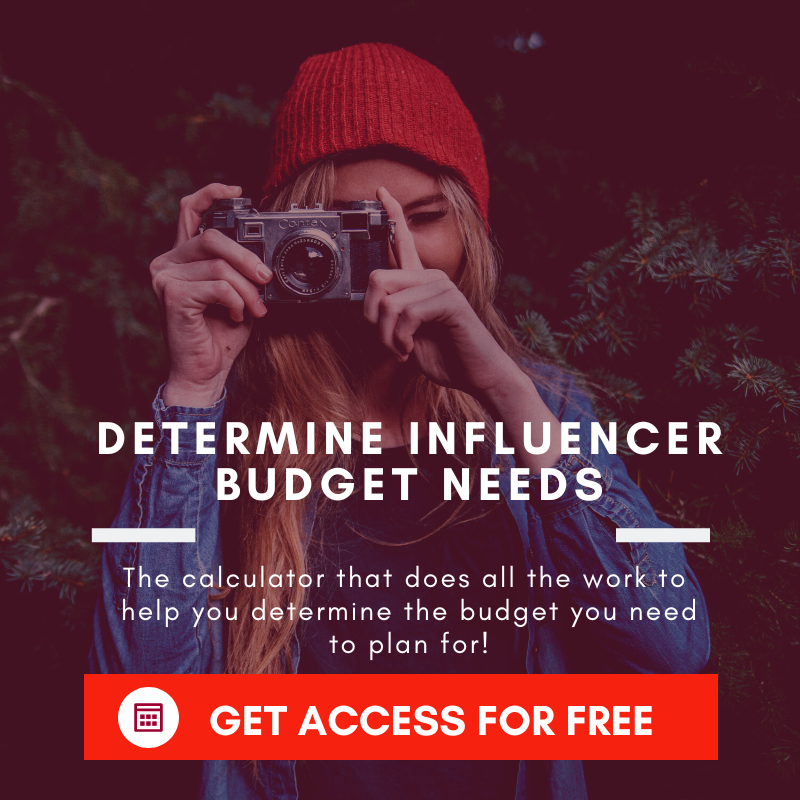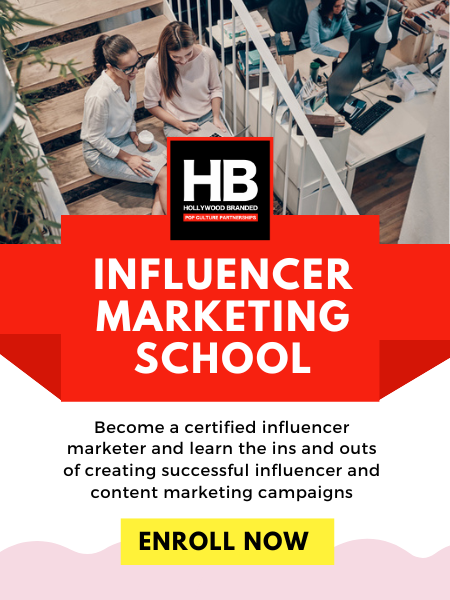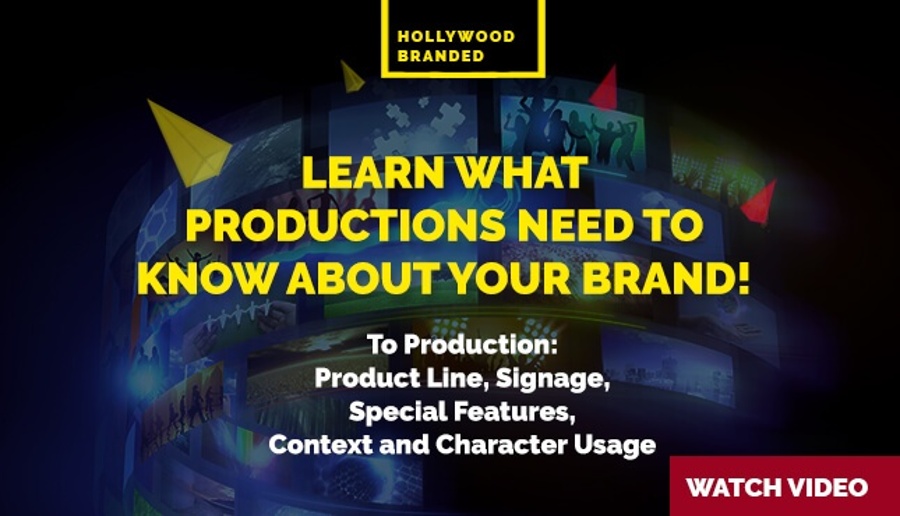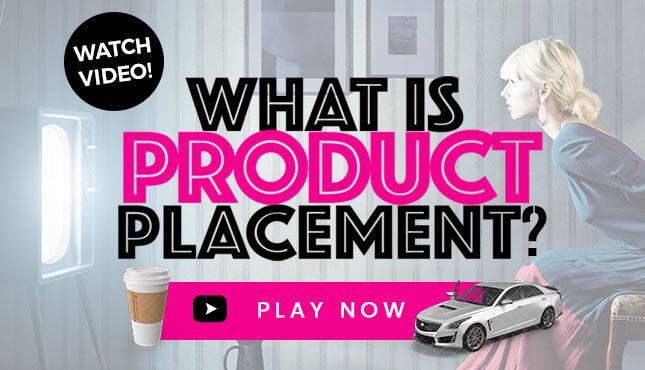The Secret To Making Strong Product Placements
Table Of Contents
What's The Big Deal With Product Placement?
Summer is here, and with it, comes more time to catch up on your beloved TV shows and movies. One of this year's most highly-anticipated releases is the fourth season of Stranger Things, and fans came out in droves to show their support.
The beloved series is consistently watched by millions. Because of this, there are countless opportunities for brands to place their products in the show (and in similar shows). In this blog, Hollywood Branded discusses the product placement within Stranger Things and why taking chances by integrating in an unknown production can lead to a massive payoff.

Photo Credit: Netflix
The Beauty of Binge-Watching
Did you spend any of your weekend binge-watching some of the new streaming content, and maybe even… Stranger Things? There is no question about the popularity of this series, which has become so big – that Friday's release of 'Stranger Things 4' Volume 2, this season's final two episodes, broke their cloud server load when it dropped at midnight California time.
At least temporarily for about half an hour. As I write this, numbers haven't been released, but in the first two-and-a-half weeks season, 4 amassed 781 million hours viewed, according to Netflix. That's across 7-episodes and 517 running minutes. In my quick rudimentary math, if you averaged it all out –it's over 90 million people. That's in under 20 days. It's now easily many times that even if my math is massively off – it's still well over 100 million people watching this series. All of these into the 100's of millions of people across our wide planet - highly engaged in the world of El, Joyce, Will, and Mike and their brand co-stars. The value? Priceless. These brands have just become part of pop culture history. And they were there in the first place because they helped tell a better story that the filmmakers carefully crafted. A marvelously mutually beneficial partnership.
Attaching Dollars To Value
I get endlessly asked if product placement works. I have to say, I wholeheartedly do. Otherwise, I probably should pursue a new career if I didn't. Even music scored big this season in the series. If you have a single iota of a doubt that product placement does not help make an impact, take a look at Kate Bush's song, "RunningUp That Hill." In the series this season, the song becomes a focal point that helps save Max. It's a running plot point really. And it got noticed the first night out of the gate. Even I took action and googled it as I was watching. So did a lot of other people.
The song—which was also a hit when it came out in 1995—has been topping Billboard Charts and is still in the top 10 on both iTunes and Spotify, meaning Kate Bush has made much money. Like, A LOT of cash.
CBS reported that Kate made an extra $2.3 million in streaming royalties since Stranger Things dropped JUST between May 27 and June 23. The last time that song was a hit? When it c me out in 1995, it is now topping the Billboard Charts again and in the top 10 on both iTunes and Spotify. All thanks to being in a series. That's the power of pop culture for you.
Recent Interview In MarketWatch
I was interviewed by MarketWatch a few weeks ago by Charles Passy on the cost and value of product placement in the series. The fact is, the majority of brands get in Stranger Things FOR FREE. Yes, I said FREE. Through product placement. Or by agreeing to run a co-branded media and retail campaign.
It's a good read (check it out here), and my other industry colleagues also shared great insight.

Photo Credit: MarketWatch
Time-Specific Product Placement
It's fair to say that you would have to be living under a rock not to be aware of Stranger Things and at least a little of its plot line and to know that it takes place in the 1980s. Everyone at least has heard of it by now.
When the series was first in pre-production, I cannot tell you how hard it was to convince brands to work with the show. Why? Because most don't care about productions that occur in prior decades. The exceptions here are brands whose logo rarely changes, so it's not hard to provide historical items or luxury brands who know that time only makes their brand appear more valuable – and their brand identity is the same. That means most brands, except for watches, jewelry, alcohol, or clothing, often skip those golden opportunity moments to provide products in the past. And I get it – historical product is not always easy. But boy, is it worth a lot to filmmakers.

How Brands Get Opportunities
In either case, these opportunities are brought to life by either working with an agency like Hollywood Branded, whose bread and butter is working to create opportunities for brands to be in the show, or by a once-in-a-blue-moon phone call from the production directly to the brand. Most brands don't get many of those calls because it's a pain in the butt for the production to track who the right person is at your company to speak with. Their job is building the set and not trying to stalk down free things for their shows through endless phone calls and emails.
And the value of their getting in that show – priceless. Tens of millions of dollars over the lifetime of the franchise. Easily. Without a doubt.
Knowing If The Production Will Be A Hit – Or Not
Thanks to my career in entertainment marketing, after over 25 years, I have not only watched much content but read thousands of scripts. It's become extremely easy for me to be able to see where a brand might be able to become part of the storyline or set. And it also means I can usually tell within the first few minutes what the story arc will be, how it will play out, and if it will be 'good.' Needless to say, I'm not necessarily my husband's favorite co-watching companion as I have a habit of blurting out what is going to happen next. Hollywood is creating excellent content right now - doing it right more often than not, and sometimes absolutely spot on.
It also means that my team, many of whom have worked just as long as I have in this field, can also identify what a winner and skip are. It's easy for us and one of the reasons brands hire us.

Content Overload Of Product Placement Opportunities
We are living in a world of extreme content abundance produced not only for traditional broadcast and cable but, for now, more than a handful of streaming platforms that have to outshine that of competitors. Gone are yesteryears when a show would chug along season after season - now, the viewer expectation is to be able to watch phenomenal actors, special effects, and storylines that come together like no previous time in history. For brands interested in becoming part of these storylines through product placement, there have never been so many opportunities to become part of the content watched by your targeted demographics.

Very Often, It's Free
Brands you currently see on screen know a secret that I will let you in on. Most product placement is not paid for but secured through relationships built over the years by making the product easily available for free to productions that need to create a look-alike world to that which we live in. Truly, that is the biggest secret to success in Hollywood. Don't get me wrong, fee-based deals absolutely do occur with many productions and are built around guarantees for specific product shots or messaging. But not all productions will consider paid deals - more than half will only take a product on loan or trade (shoot me a note, and I'll tell you why).
Brands that don't presently have an active product placement 'loan/trade' program are missing out on incredible opportunities to leverage opportunities Hollywood brings - and in growing relationships that will pay back beyond comprehension in the years ahead. The secret? Make plenty of product inventory available, and then be as helpful as possible in providing it to the productions that align with your consumer base. The easier you make it for the prop master, set decorator, stylist, or transportation departments, the more they will come back to work with you, including wherever they land on their next project.
The PR Value Of Product Placement In Stranger Things
In 2019 I did a deep dive analysis for another reporter, David Ward, for the Association of National Advertisers (ANA) on the power of brands aligned to Stranger Things. I've resurrected the data so you can understand some of the methodologies we put in place to illustrate the value better.
Our agency uses a media monitoring service we love called Critical Mention, and these numbers below are pulled from their data sets – showing how many online and TV conversations are occurring on various media outlets. The numbers do not include the on-screen exposure value or the social media conversations. I stopped pulling the data after 60 days, and if you think about the fact that some of the brands have appeared in numerous seasons – either through flashbacks or again as part of the fabric of the storyline showcasing the '80s, you can start getting the big picture.
Product placement offers a CRAZILY GREAT return on your investment, especially when you are paying the cost of one or two :30 national prime time ads – or by that same framework typically, paying your product placement agency every year even less than that cost to create magic for you across a handful to dozens of productions. EVERY YEAR!
The Methodology And The Winners
For 60 days, I ran Critical Mention media recap reports on the top 12 brands partnered through product placement or strategic co-marketing campaigns with Stranger Things.
Brands included: Cola's New Coke (over-the-top exposure), Microsoft, H&M, Baskin Robbins, Nike, Levi's, Eggo's, Burger King, GAP, Lego, 7-11, and the always identifiable Slurpee, and Shutterstock.
Coca-Cola was the over-the-top 'winner' as far as total impressions go. Many of the conversations around Coke were not all overwhelmingly positive. It was a lot of exposure throughout the series for the brand, and while our agency team loves lots of exposure for our clients, we typically seek ways to make the brand partnership very organic and streamlined. We had a conversation in our office around this topic at the time. Would we, as an agency, if Coke was our client, have reversed tracks and suggested that the brand was getting too saturated into the content? The consensus was that it's hard to say no to exposure as a brand marketer, but this could have been curbed just a little bit. Much of the Coke exposure was anything but organic and seemed overly forced, which is why viewers provided some negative commentary. And the over-the-top direction made all the other brand partnerships and product placement stand out even more and have attention. Of course, I personally remember the hell of New Coke from my childhood. Give me the full-sugar bottle rocket stuff any day.

Photo Credit: Coca Cola via AP
The Strawberry Slurpee for 7-11 also was a bit in your face, as the flavor of the Slurpee became a deciding moment for a character to determine his fate. But interestingly, more people seem to have found that scene funny versus too in-your-face.
The level of conversation around the brand within the series made these two brand integrations different from much of the brand exposure. From my experience, brands can positively impact viewers when there is strong branding, a verbal mention call out – even some brand messaging. But when the scene is focused entirely around the brand and becomes the center of the conversation, things can go awry and just too much in your face. Much like it did for Coke. But it worked pretty well for Burger King's Whopper because how it was presented in the scene as "this is what I bought that you can eat" was realistic to how conversations would play out. I think they have done a phenomenal job with the overall Burger King partnership with the franchise. It's a great example of doing an entertainment marketing partnership right.
There is a fine line where a brand will be happy and production will be happy with the amount of exposure in a scene for brand integration. And it is a dance to make it work well. I get why the show writers went as big as they did – it made the scenes more campy and fun. But they took it a little too far from the press and social commentary.

Photo Credit: Netflix
The PR Value Benefit To Netflix – And The Brands
If you want to take a look at the value these brand partnership deals brought to Netflix and Stranger Things from a PR perspective (not including advertising or in-store), the numbers are genuinely just so over the top that it is too much information to even compute within the Critical Mention software platform as it caps out unless we ran tons of mini-reports all day. But to put it in perspective, there is over 75,500 press coverage.
To put it in perspective, using similar impression calculations as an estimate based on the below metrics shows over 175 BILLION media impressions over 60 days – calculated at over $6.6 BILLION in media impressions.
 |
Eager To Learn More?
Want to learn more about the ins and outs of product placement? You've come to the right place! We have countless blog posts explaining how to best get your brand involved in the wide world of product placement. Check some of them out below!
- 10 Noteworthy Product Placements in Top Gun: Maverick
- How To #29: How Much Does Product Placement Cost?
- The Power of Product Placement Over Influencer Marketing
- Product Placement Versus Brand Integration Explained
- How British Product Placement Law Is Different
Do you want to get your brand in front of some of the biggest names in Hollywood? Look no further than our very own Comic Con Lounge! Click the link below to get more information on how to get involved!





